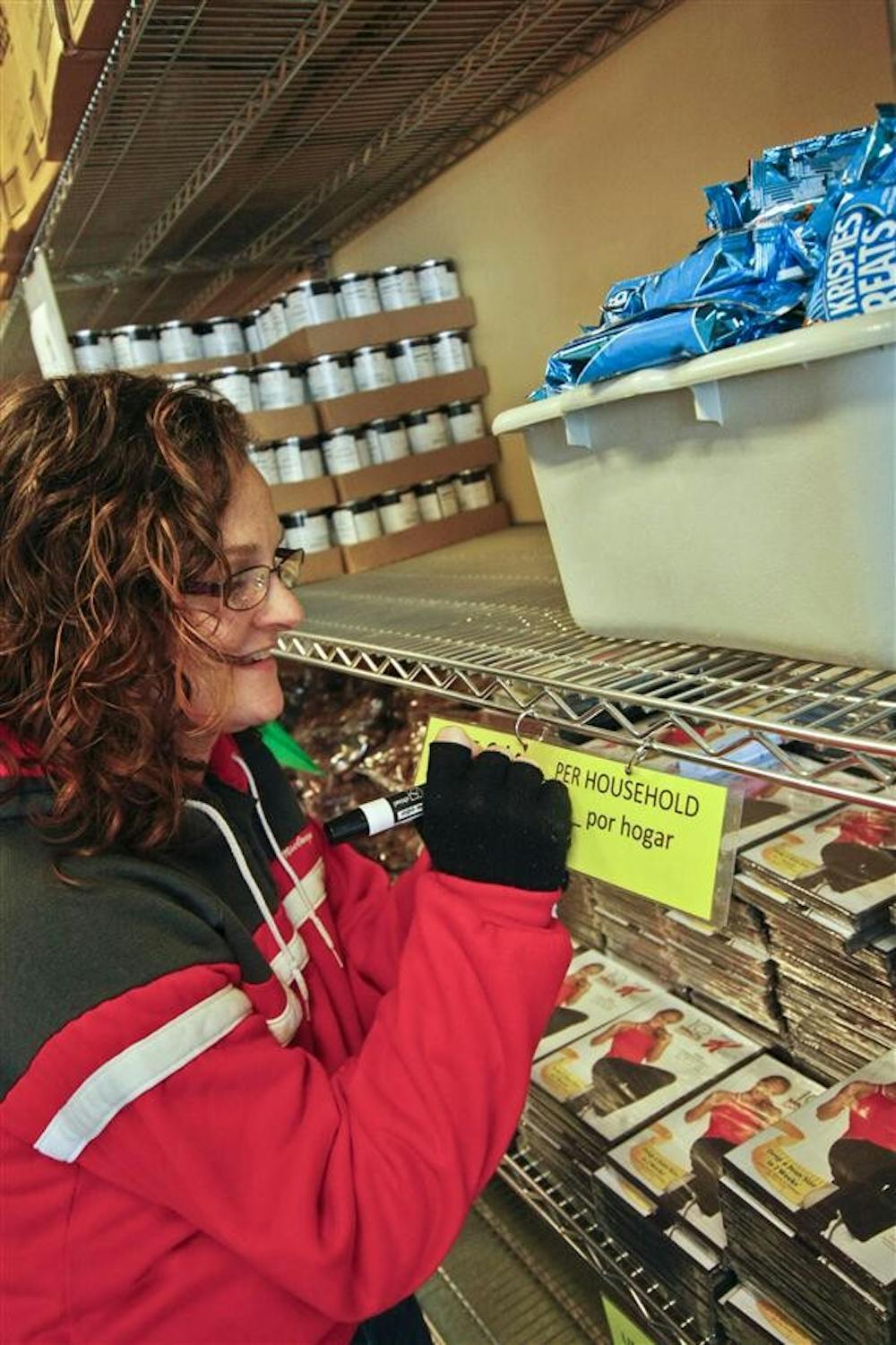As the U.S. economy fluctuates and school expenses like tuition and textbooks, which have been increasing in price at four times the rate of inflation since 1994, continue to rise, so does the number of students seeking economic relief through government and community assistance programs.
Mandatory tuition and fees at IU rose $595.47 per semester between the 2007 and 2010 school years for Indiana residents and $2,686.37 for non-residents.
Hundreds of students, even with income from a part-time job, were left with limited means with which to purchase basic necessities like food.
Jeff Pater, 22, has worked on various construction projects in the Bloomington area and said he understands the pressures students endure, as he was forced to withdraw from IU because of financial issues.
“It’s hard to make enough money with the job I have to pay all the bills,” Pater said.
Pater applied and was approved for benefits from the Supplemental Nutrition Assistance Program (formerly Food Stamp Program) during October 2010. SNAP affords him $124 a month for groceries.
Before dropping out, he was one of hundreds of students relying on food stamps.
Since September 2007, the number of college students in Indiana receiving SNAP benefits has risen 165 percent, more than doubling. In Monroe County, that number has almost doubled with an increase of 98.2 percent.
In the last year, Monroe County has increased the total dollar amount of SNAP issuance by $285,982, an increase of more than 25 percent. As the economy continues to fluctuate, more and more people are turning to government aid in order to maintain their standards of living.
Students are no different.
To qualify for SNAP, a student must first be enrolled as a full-time student and work a minimum 20 hours per week or be responsible for a child younger than 6 years of old. Students’ allotted assistance from SNAP varies, depending on their monthly income and expenses
.
Because his SNAP allotment doesn’t completely cover the cost of a month’s worth of groceries and toiletries (which food stamps cannot be used to purchase), Pater also looks to alternative resources such as Mother Hubbard’s Cupboard, a local food bank.
His roommate, IU junior Nichole Binder, does not receive benefits from SNAP and therefore was asked to sign a form from the Division of Family Resources that she would not eat Pater’s food and he would not eat hers.
Although she does not receive food stamps, Binder does pay for living expenses out of pocket and, like some students, visits MHC to save money on basic grocery items like milk, bread and eggs.
“It definitely makes it a lot easier to afford groceries,” Binder said. “All of the essential foods are always so expensive, it’s nice to be able to get them and still be able to afford other things too.”
Pater and Binder are not alone in their efforts to save money while living in an academic environment.
Erin Marshall, food pantry coordinator for MHC, said she occasionally sees students take advantage of the food bank because many students don’t make much money.
“If more students knew about us, we’d see more,” Marshall said.
The axis of debate so often contended in politics and the media is the abuse and manipulation of welfare programs, like Indiana’s SNAP, by “welfare queens,” a phrase that has existed in the U.S. lexicon since the mid 1970s.
According to the Indiana Family and Social Services Administration website, “It is the policy of FSSA to thoroughly and expeditiously investigate any reported cases of suspected fraud to determine if disciplinary, financial recovery and/or criminal action should be taken.”
“We would have no information on the fraud activity of college students receiving Food Stamp benefits,” said Marcus Barlow, FSSA director of communications and media.
Students turn to grocery assistance, food pantries to fight rising costs

Get stories like this in your inbox
Subscribe





